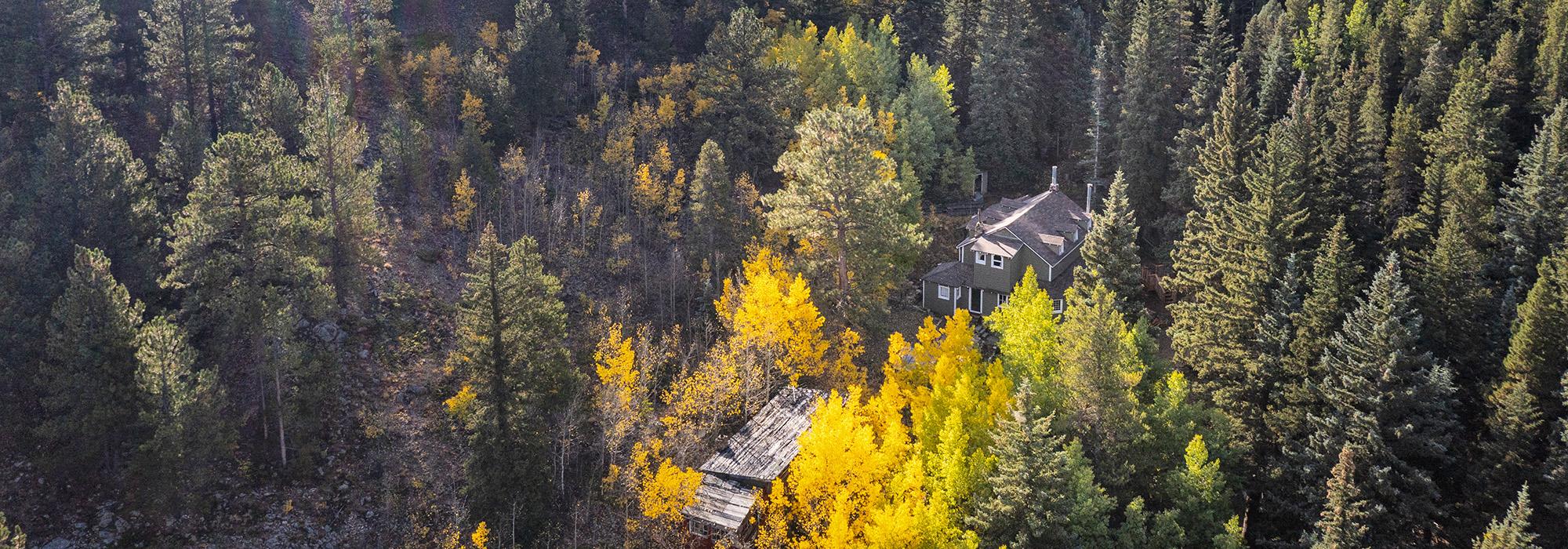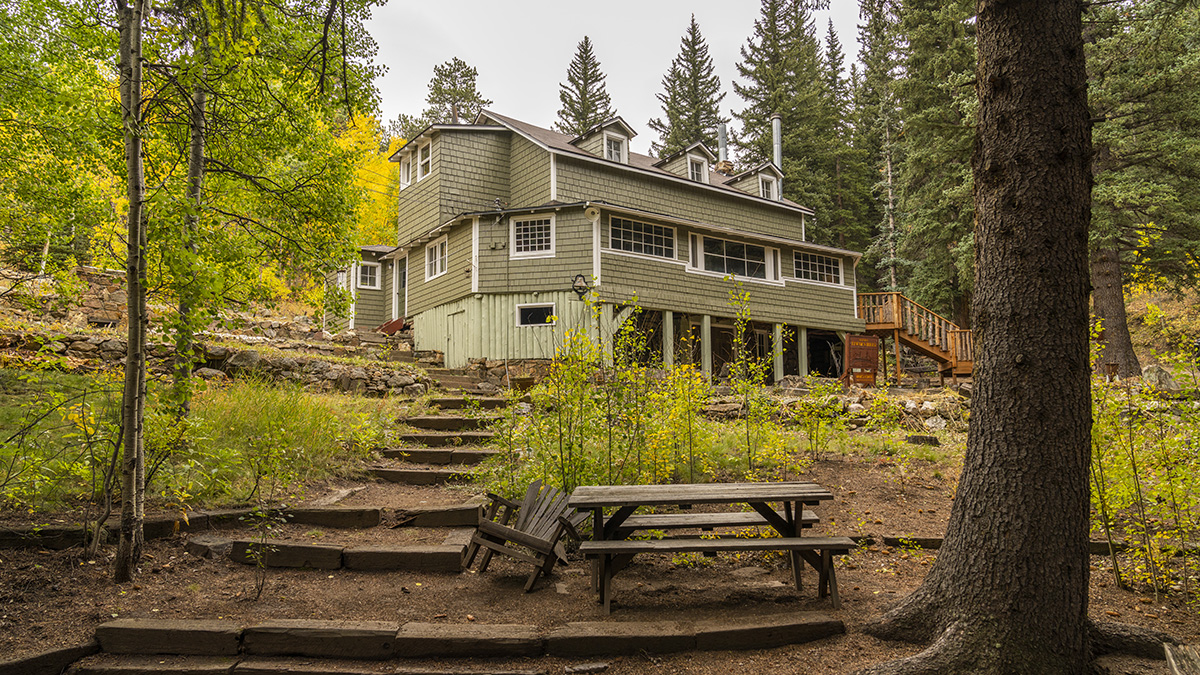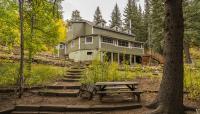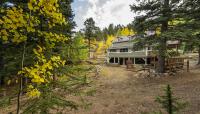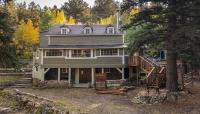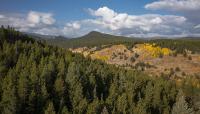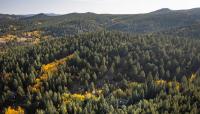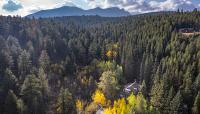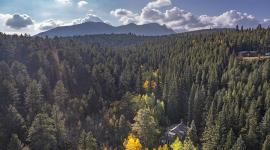Landscape Information
One of the earliest resorts built by and for Black Americans, and for many years the only one if its kind west of the Mississippi River, Wink’s Panorama anchored the resort community of Lincoln Hills in the Rocky Mountains. In 1922, Denver businessmen E.C. Regnier and Roger Ewalt seized an opportunity to build vacation homes for middle class Black families and formed the Lincoln Hills Development Company, eventually purchasing more than 100 acres of land and developing 600 lots measuring 25 feet by 100 feet. Encompassing a 0.7-acre tract on a forested hillside, Lincoln Hills sits at an elevation of 8,293 feet and is accessed by a steep dirt road. Nearby hills to the south rise to more than 8,500 feet in elevation. Abutting the Arapahoe and Roosevelt National Forests, the surrounding hillsides are thick with pine and spruce evergreens and aspens. To the west and northwest lies the valley of South Boulder Creek, containing the tracks of the Union Pacific Railroad and a county road leading to a state highway. The landscape is dominated by rock outcrops, free-flowing streams, evergreens and aspens, and plentiful flora and fauna including gooseberries, strawberries, coyotes, bears, chipmunks, jackrabbits, blue jays and many other species of birds, and the occasional mountain lion. In 1925 Obrey Wendall “Wink” Hamlet began constructing a lodge (“Wink’s Panorama”). The lodge is sensitive to its surroundings, carefully situated on a slope and tucked between clusters of trees. A band of windows looking out from the west wall of the enclosed porch captures a vista of the surrounding mountain ranges, a view enjoyed by Wink’s Panorama guests for many decades.
Wink’s Panorama was listed in the National Register of Historic Places in 1980, and in 2014 an amendment to its listing increased the boundary and elevated the site from regional to national significance for its role in African American history. In 2023 the site was designated a National Historic Landmark.



